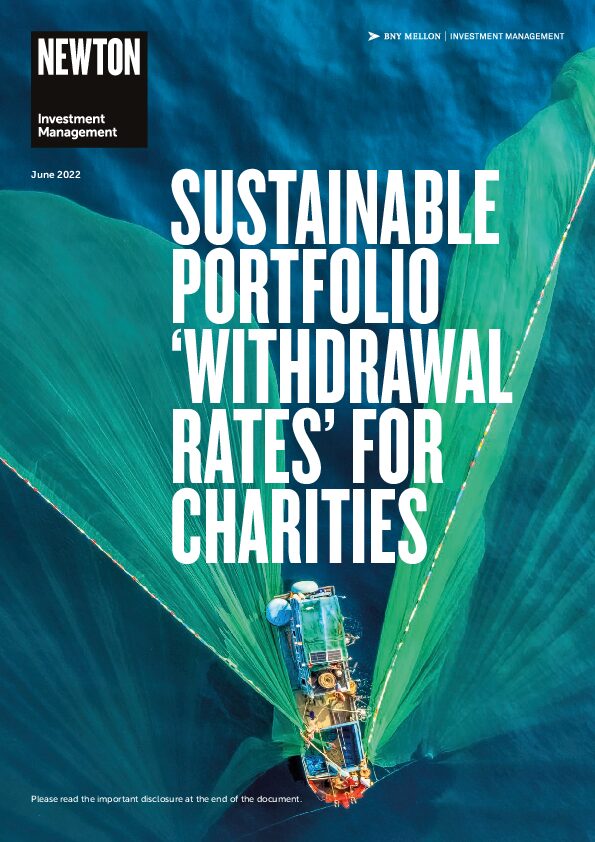Charity trustees need a framework to arrive at a spending or withdrawals policy for their endowment. While a single paper cannot provide all of the answers on this topic, we hope that our analysis proves useful in guiding trustees through their thought process, as well as in reviewing the outcomes of their decisions over subsequent years.
In this paper
-
-
We seek to guide charity trustees as to how they might think about some of the factors in their decision-making. The focus is on long-term sustainability, so we make no apology for not getting drawn into shorter-term noise around current inflation rates, or short-term market prospects.
We also examine how trustee decisions may have fared over previous time frames. While history does not repeat itself (reliably at least), taking an example or two of how decisions and their timing may have played out in the past can offer relevant perspectives for today’s trustee.
Background
We published work on this topic in 2013, and gave an updated perspective on that in 2017. A number of factors make a further visit to the topic worthwhile now.
Bond yields and interest rates have trended lower in the years since the 2008 global financial crisis, while dividend payments have been materially disrupted by the economic challenges of the Covid-19 pandemic. In our 2015 Charity Investment Survey, only 11% of respondents said that the income produced from their investments was insufficient for their spending purposes. By 2020 that figure had risen to 45%, and by the time the pandemic dividend challenges were baked in, our 2021 survey had that figure at just over two-thirds of respondents.
At the same time, a long period of above-trend investment returns from most asset classes has given many trustee boards a ‘surplus return’ to think about, while in a rather more current context, the rate of inflation that we will be protecting against is again under much discussion.
Your capital may be at risk. The value of investments and the income from them can fall as well as rise and investors may not get back the original amount invested.


